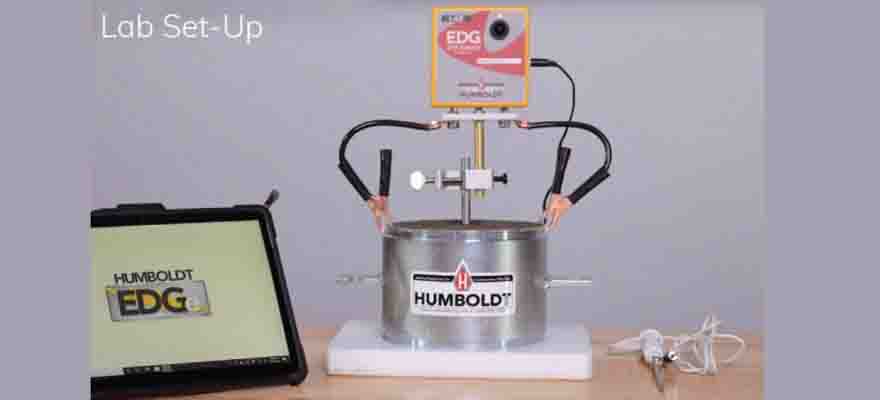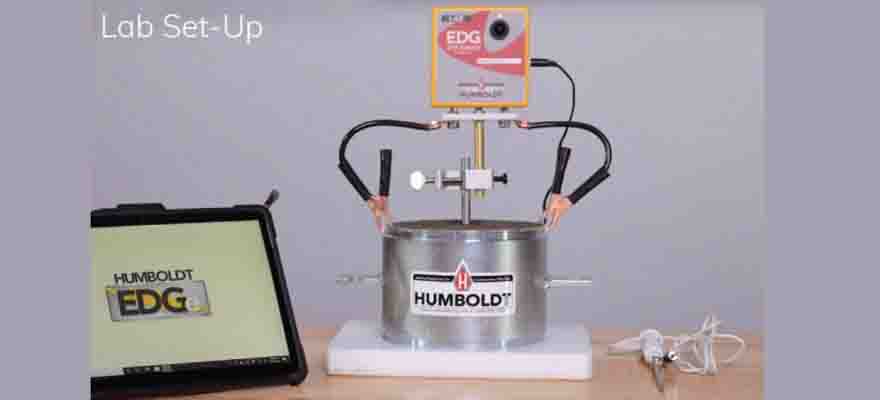How Field Testing Equipment Helps in Quality Control and Compliance
Field testing equipment plays a crucial role in ensuring that construction projects meet quality standards and regulatory compliance requirements. Whether testing the strength of concrete, the stability of foundations, or the durability of materials, accurate field testing is essential to prevent costly errors and ensure the safety and longevity of structures. In this article, we will explore how various types of field testing equipment contribute to quality control and compliance in the construction and engineering industries.
1. Ensuring Consistency with Blaine Air Permeability Testing
One of the most critical factors in the quality of cement is its fineness, which can be effectively measured using the Blaine Air Permeability test. By determining the surface area of cement particles, this test helps in assessing its quality and suitability for specific construction projects. Modern Blaine testers have advanced features like automated readings and semi-automatic control systems, improving precision and reducing human error. These devices help cement manufacturers and construction professionals ensure that cement meets required specifications, ensuring long-lasting and durable construction.
2. Controlling Autogenous Shrinkage in Concrete
Autogenous shrinkage in concrete is a significant concern as it affects the long-term performance of structures. The Autogenous Shrinkage test is essential for measuring how much concrete shrinks due to internal hydration. This test helps engineers and construction teams optimize concrete mixtures to reduce shrinkage, prevent cracking, and improve durability. Automated systems like the Autoshrink provide consistent and accurate measurements, aiding in compliance with national and international concrete standards. By controlling shrinkage, companies can avoid structural failures and enhance the safety of the project.
3. Reinforcing Safety Standards with Metal Beam Crash Barriers
Compliance with safety standards is essential in construction, especially when working on highways and roads. Metal Beam Crash Barriers are designed to protect vehicles and pedestrians in the event of accidents. Field testing equipment plays a key role in ensuring that these barriers meet safety regulations. Testing methods for these barriers include strength and impact resistance assessments to ensure they can withstand high-force impacts. Proper testing ensures that the barriers will function effectively during accidents, reducing the risk of injury and protecting public safety.
4. Testing Rock Integrity for Safe Foundations
In foundation work, especially in areas with rocky terrain, the integrity of the rock foundation is critical. The Rock Fracture Test is a vital tool for assessing the strength and durability of rock structures. This test helps geotechnical engineers understand the rock’s load-bearing capacity, stability, and potential to resist fracturing under pressure. By conducting hydraulic fracturing tests, engineers can ensure that the rock foundations will provide the necessary support for the structure, preventing costly errors in the construction process.
5. Quality Control of Concrete Strength with Rebound Hammer Testing
Concrete strength is one of the most important parameters in construction. The Rebound Hammer is a quick and non-destructive testing method for assessing the surface hardness of concrete, which correlates with its compressive strength. By using a rebound hammer, field inspectors can quickly identify areas of concrete that may not meet required strength specifications. This helps in ensuring that the structure adheres to quality standards and reduces the risk of failures in structural elements like beams and columns.
6. Non-Destructive GPR Survey for Subsurface Analysis
Ground Penetrating Radar (GPR Survey) has become a go-to technology for non-destructive testing of subsurface materials. This equipment uses radar waves to detect and map underground utilities, voids, and other structures without the need for excavation. In construction projects, this technology ensures that the integrity of existing underground infrastructure is maintained while complying with safety regulations. GPR surveys also help avoid costly errors caused by accidental damage to utilities during construction.
7. Verifying Foundation Strength with Pile Foundation Testing
Pile foundations are often used to support heavy structures like bridges and skyscrapers. The Pile Foundation Testing equipment helps assess the load-bearing capacity and integrity of these foundations. Field testing tools like pile load testers help engineers determine whether the piles can support the required loads and comply with safety regulations. These tests ensure that foundations are stable and capable of supporting the entire structure, preventing failures due to inadequate foundation strength.
8. Ensuring Concrete Durability with Rapid Chloride Testing
Concrete exposed to harsh environmental conditions, such as seawater or deicing chemicals, may suffer from corrosion of reinforcement steel. The Rapid Chloride Test is an essential method for assessing the permeability of concrete to chloride ions. This test helps ensure that concrete structures are resistant to corrosion and comply with durability standards. By using rapid chloride test equipment, engineers can evaluate the concrete’s long-term performance, making adjustments to the mix or design to extend the lifespan of the structure.
9. Assessing Soil Stability with Residual Ring Shear Testing
In geotechnical engineering, understanding soil shear strength is crucial for determining the stability of slopes, embankments, and foundations. The Residual Ring Shear test provides valuable insights into the shear strength of soils under different loading conditions. This data helps engineers design stable foundations and prevent issues such as soil liquefaction or excessive settlement. Testing equipment like the Residual Ring Shear system ensures compliance with soil testing standards and supports the construction of safe, long-lasting structures.
10. Evaluating Rock Strength with Point Load Testing
In geotechnical engineering, the Rock Point Load Test is a widely used method for assessing the strength of rocks used in foundation work. Modern point load testers are wireless, providing engineers with more flexibility and accuracy in data collection. By evaluating the point load strength of rocks, engineers can determine their suitability for use in construction, ensuring that the rock can withstand the stresses applied to it.
Conclusion
Field testing equipment is an essential tool in ensuring that construction materials and foundations meet quality control standards and regulatory compliance. From assessing cement quality with Blaine Air Permeability tests to verifying the strength of foundations through Pile Foundation Testing, these tools play a crucial role in preventing costly errors and ensuring the safety and durability of construction projects. By integrating field testing into the construction process, companies can ensure that their structures are built to last, meeting both safety and performance standards.





